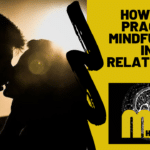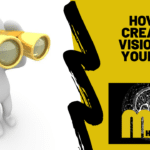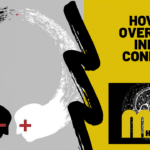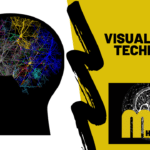
How do Visualization Techniques Work
Here are 5 Visualization Techniques
If you want to spend more time in meditation and contemplation, consider practicing visualization to improve your focus and practice. You may have heard about the many benefits of using visualization but also feel confused about how to get started. Read on to find 5 visualization techniques that are an excellent place to start. They are simple techniques you can practice to improve your visualization skills.
Technique # 1: Explore all five of your senses.
Many people spend a lot of time focusing on visualizing with only the “visual” elements in mind. However, your visualizations can become more realistic and concrete if you include the other four
The Calm Clinic suggests mastering the visual elements first, and then slowly adding in other senses. If you can picture yourself in a future successful moment, imagine what smells you can smell. Imagine what tastes you may be experiencing. Imagine what physical sensations you may be feeling.
All these sensations and details fit together to form a larger picture that makes your future goals seem more realistic!
Technique #2: Transport yourself to a happy and calm place.

It may take practice to develop. Begin by imagining a place where you feel totally relaxed (it can be a real place you’ve been before or a made-up one). Slowly add those sensational details from technique #1 to make the visualization feel more concrete. Use this image as a way to visualize and relax when you’re feeling stressed.
Technique #3: Incorporate whole body relaxation into visualization.
This type of visualization involves your whole body–not just your mind! To practice this type of visualization, it’s best to lie down somewhere comfortable. As you begin to close your eyes, take a
As you begin to visualize, focus on different aspects of your body as you slide further into physical relaxation. The toes are a good place to start. Imagine them relaxing, them move up to the feet, imagine them relaxing. Continue moving up the whole body, pausing until the area you are concentrating on relaxes, until the whole of your body is in a glorious state of relaxation.
Allow your breathing to slow down to a relaxed pace. Unclench your jaw and fists. Taking this moment to “inventory” your body and visualize physical relaxation not only improves your mental visualizations, but helps you understand where you’re holding stress and tension in your body.
Technique #4: Try using guided imagery during visualization.
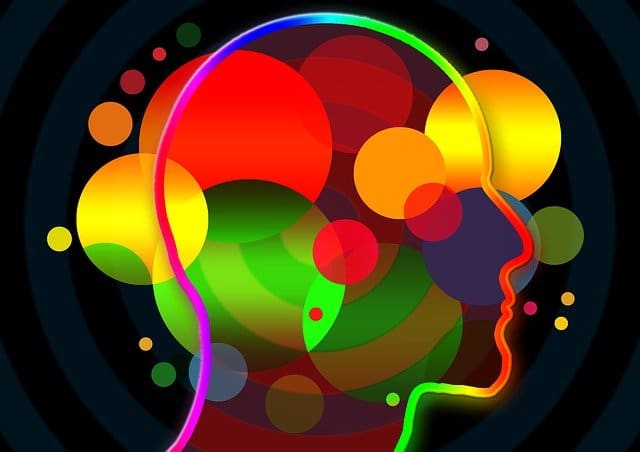
Guided imagery is performed similarly to finding a calm and happy place, as mentioned in technique #2, but it often takes the practice a step further. You can start small, by relaxing your body, but by the end of the practice you can visualize the stress leaving your body, for example.
Technique #5: Convert your desires and wishes into beliefs.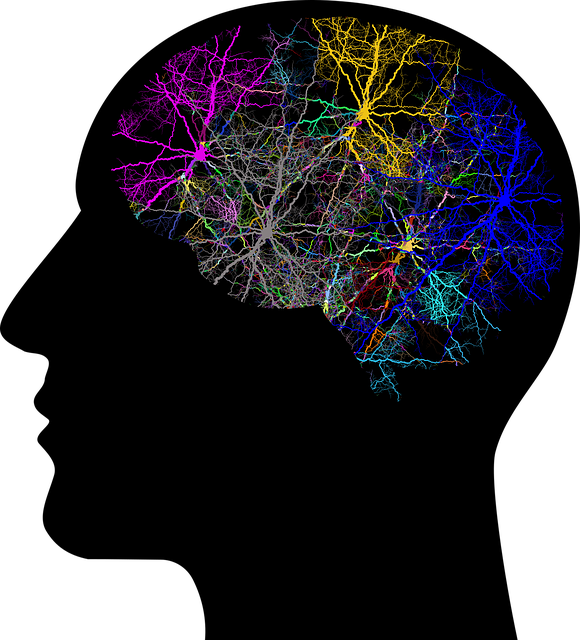
It can be difficult to visualize our futures. If you have particularly big goals, they can feel impossible to accomplish. One way to improve this is to convert those desires and wishes into beliefs.
When we establish belief in ourselves, we begin to have more confidence in ourselves to perform well and meet goals. Begin by changing the language you use during visualization. For example, instead of saying “I wish I could find a new job,” change your thought to “I believe I am going to find a new job.” This cements your goal into reality and makes it feel far more attainable.


